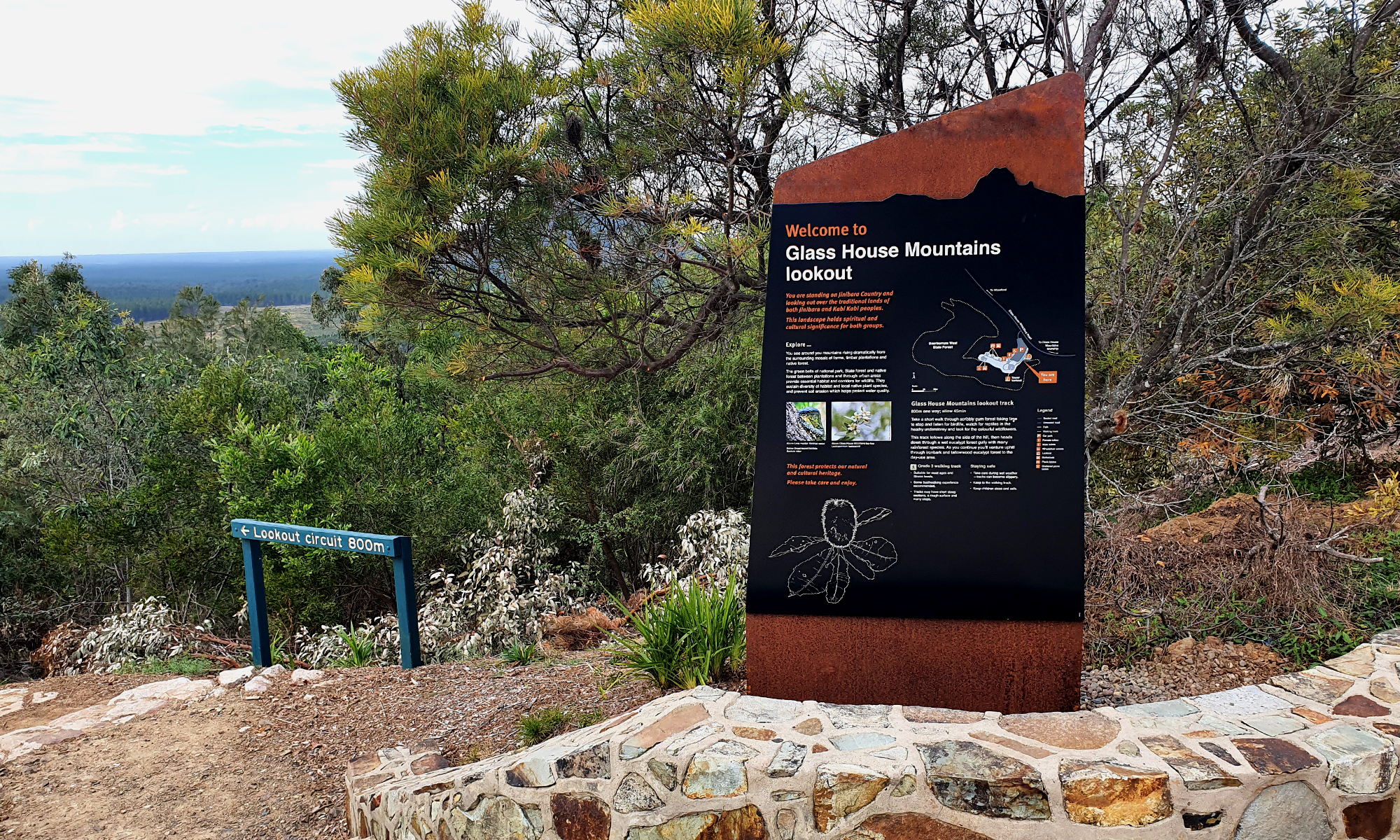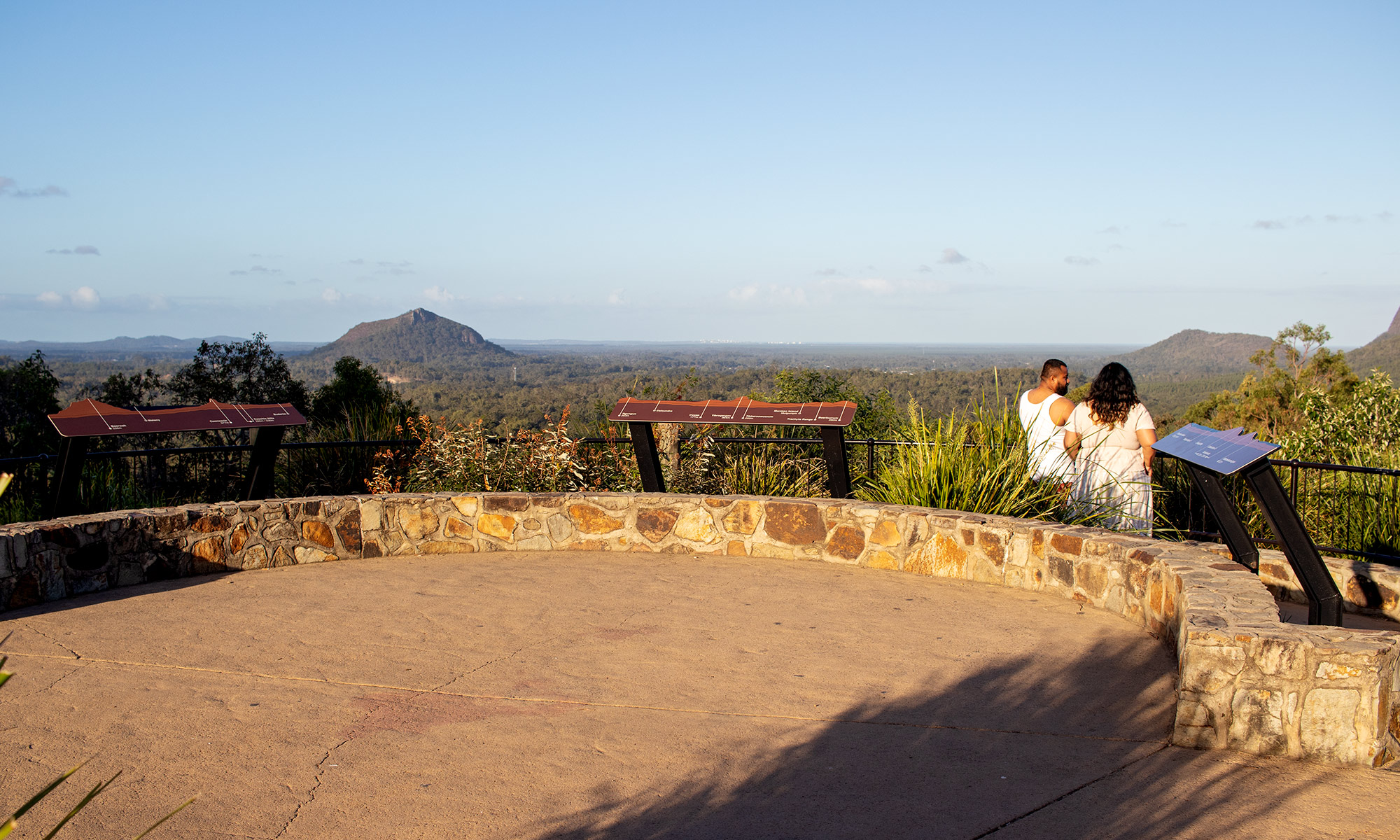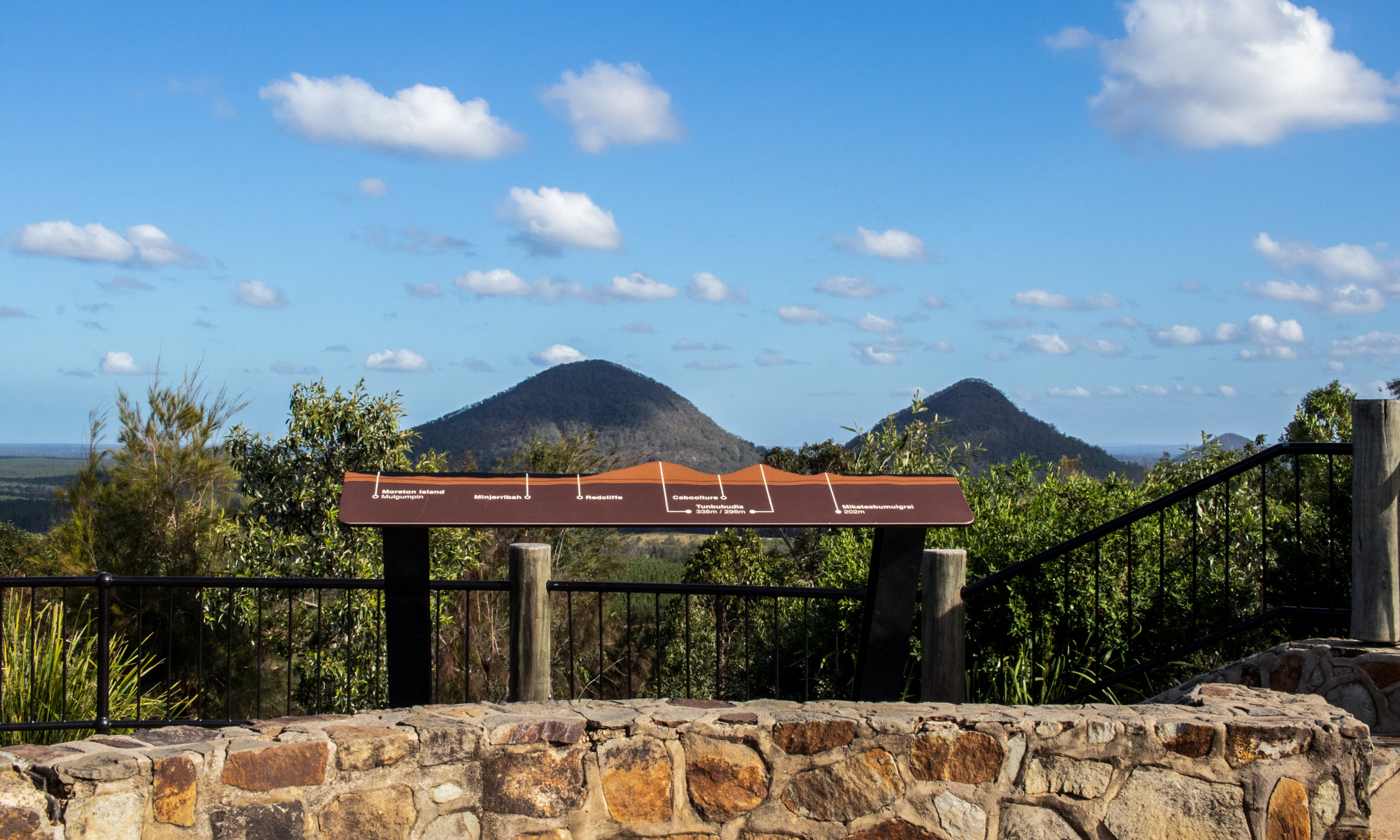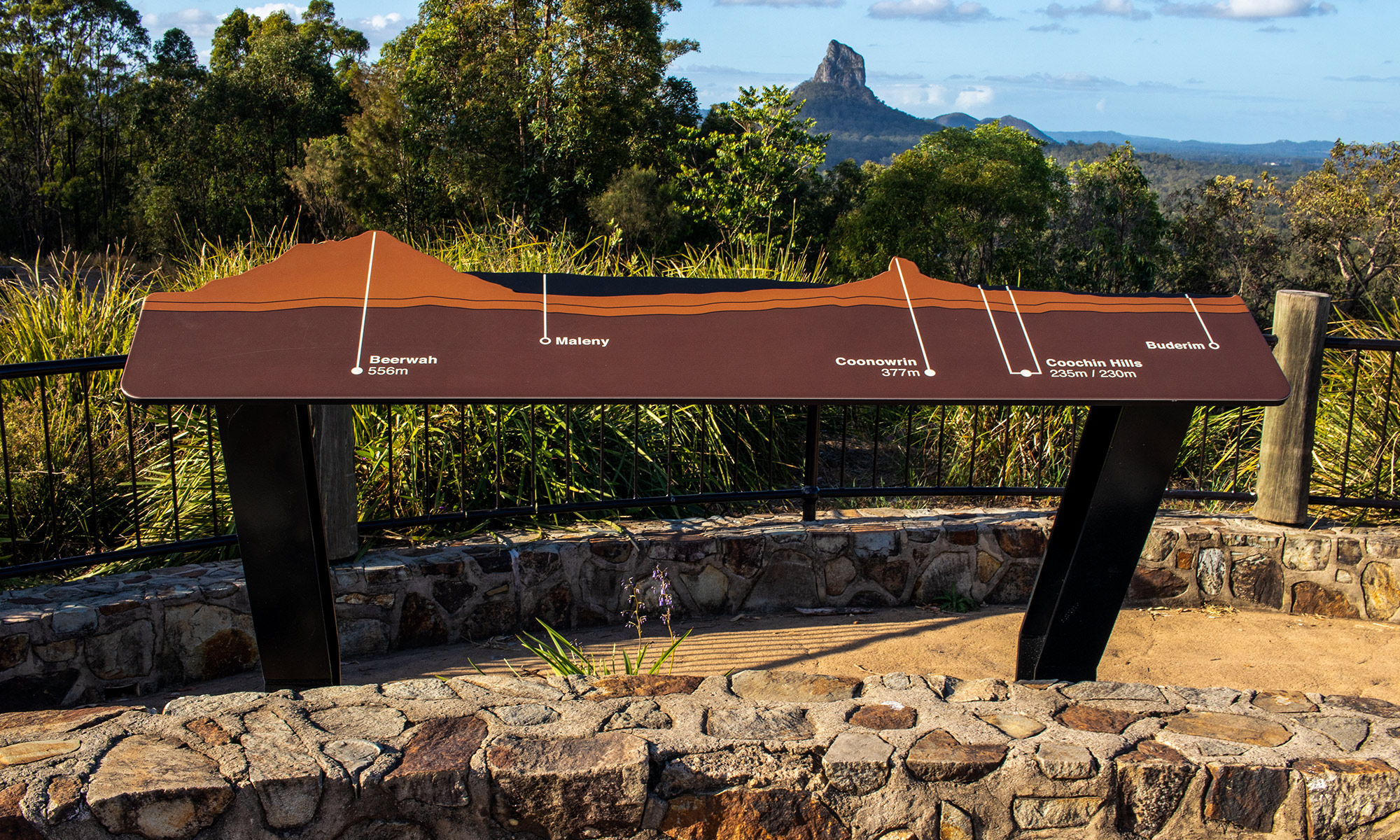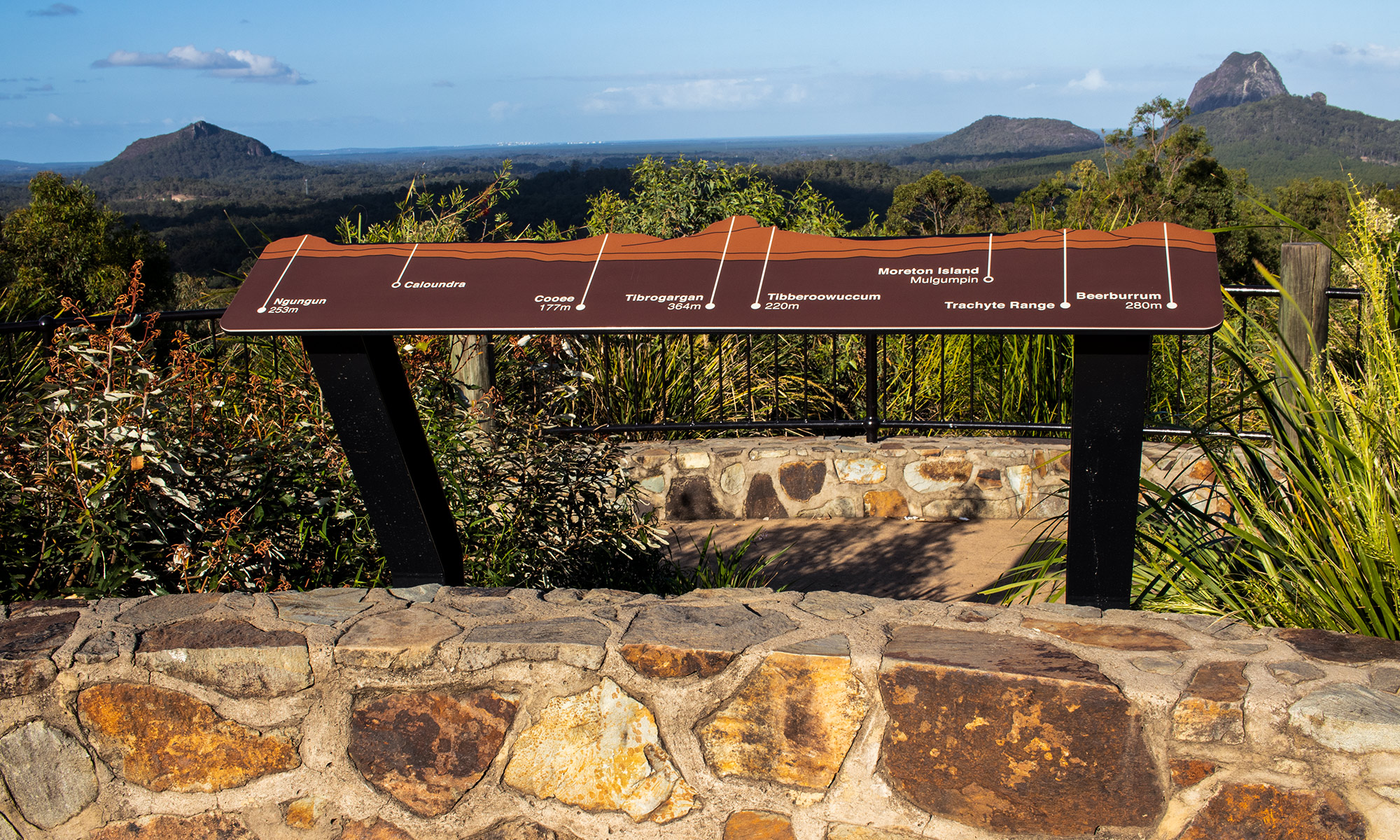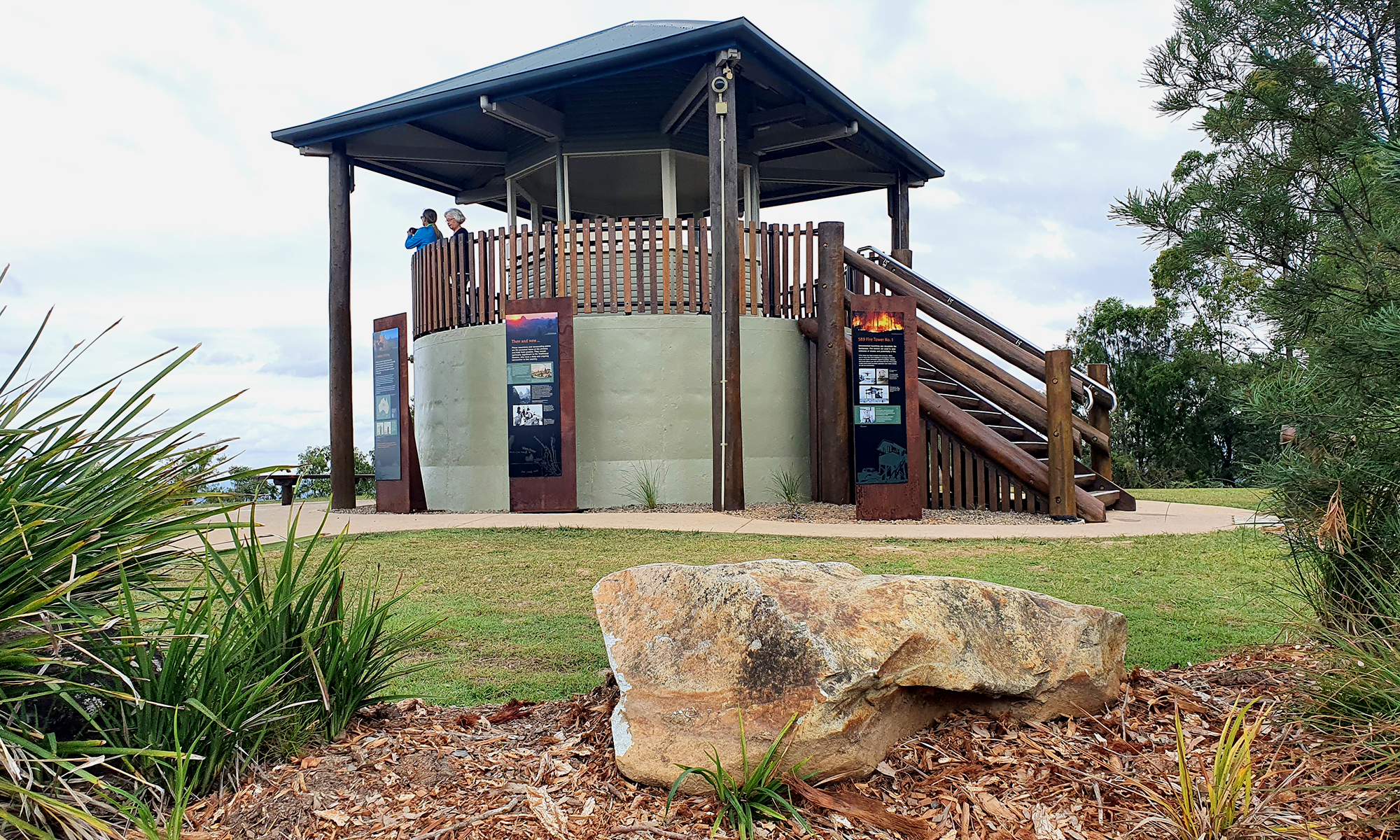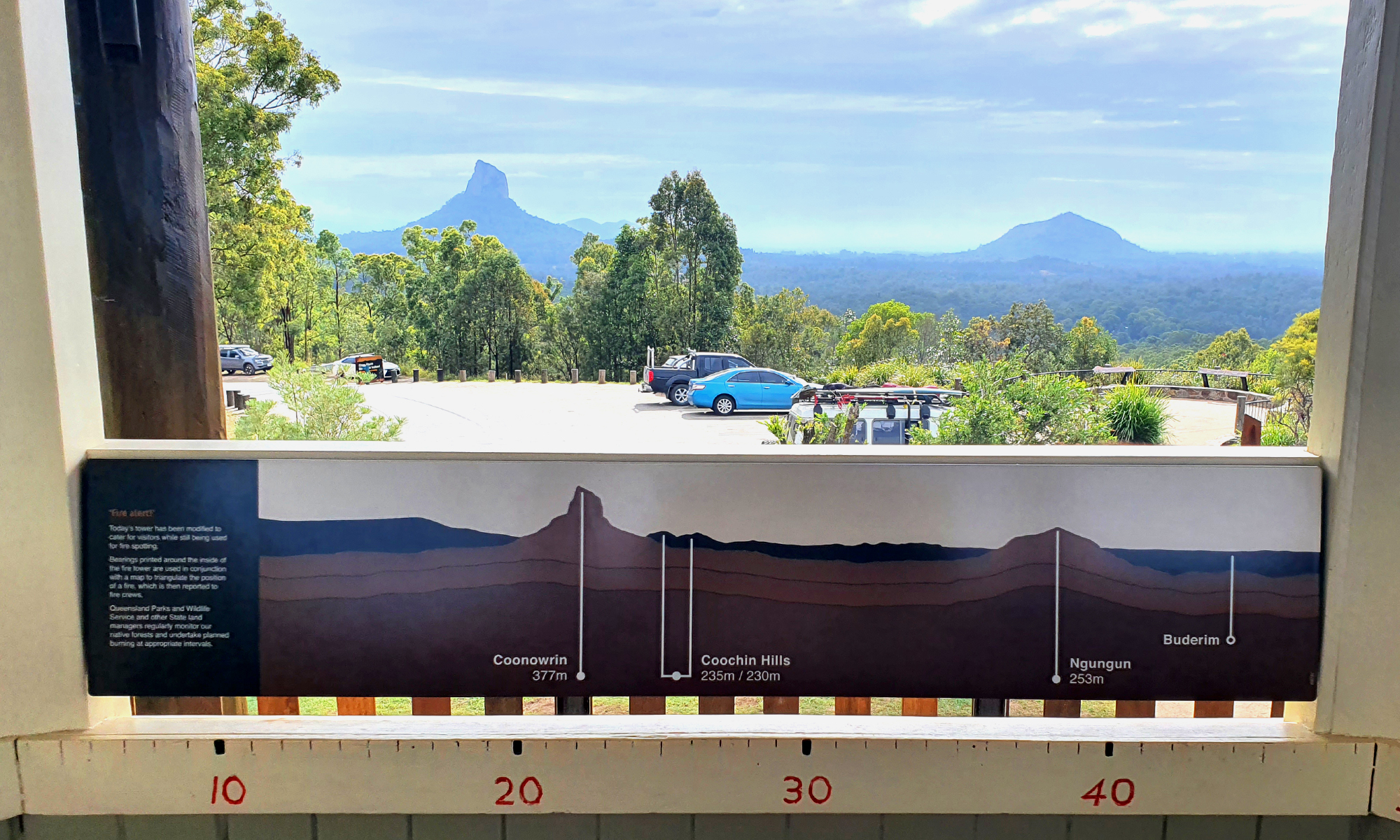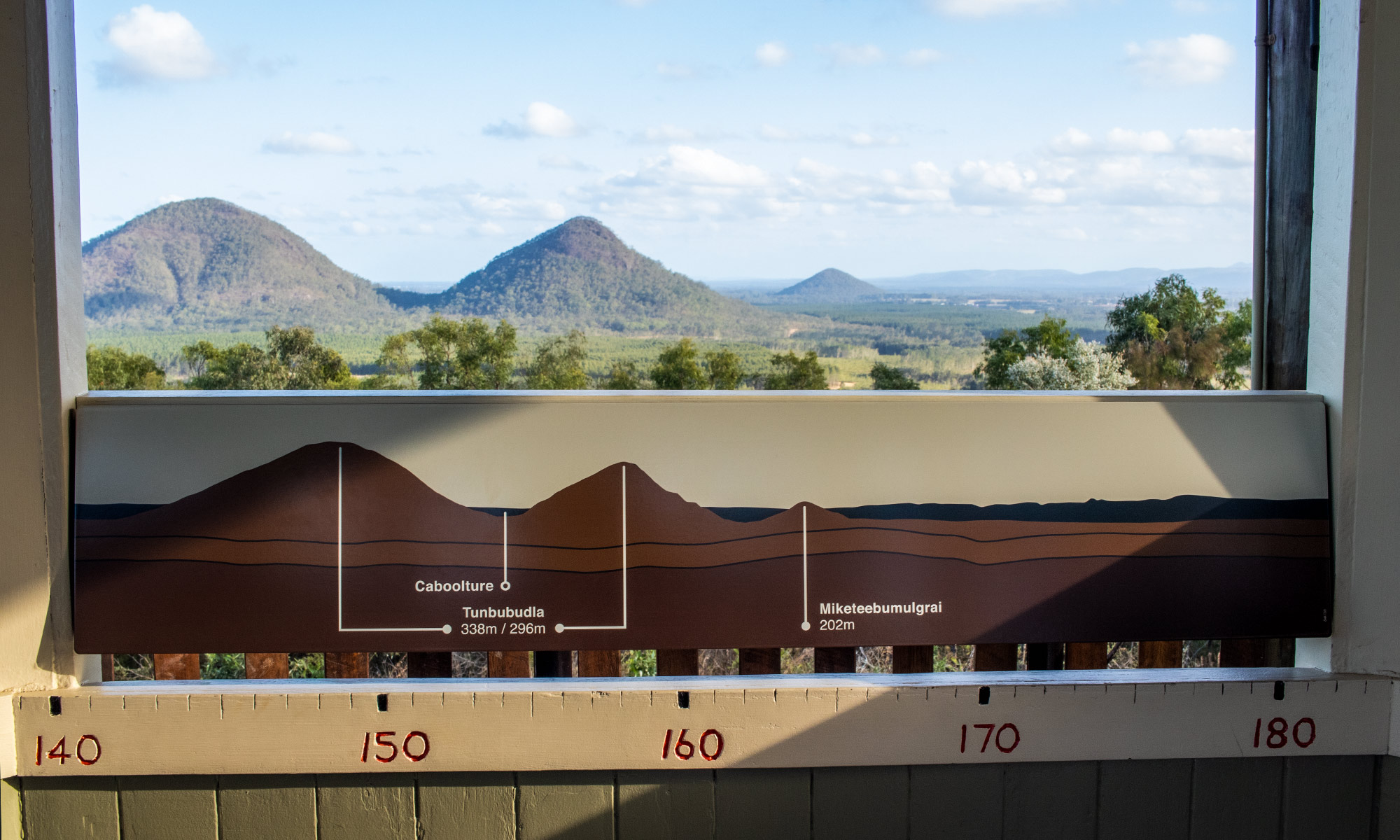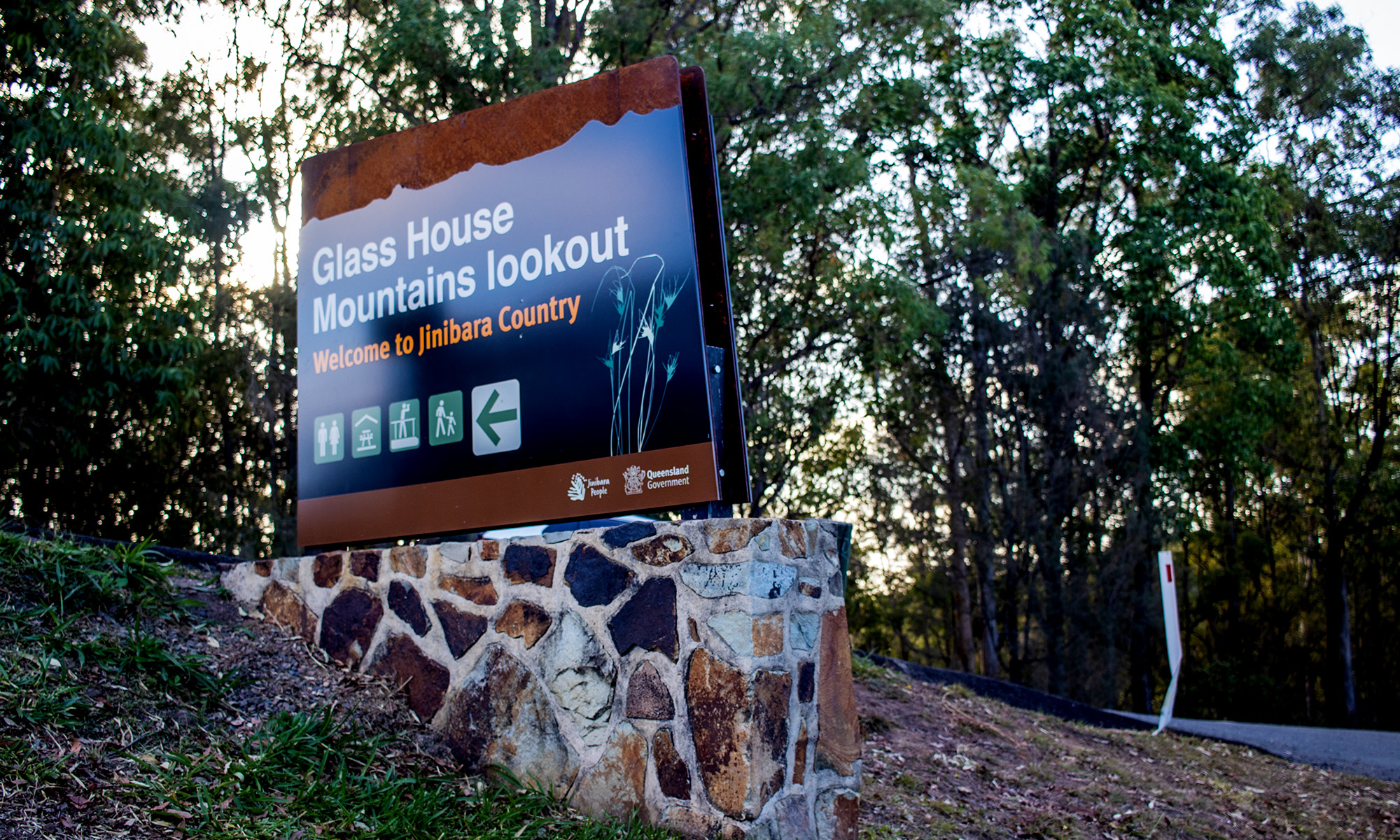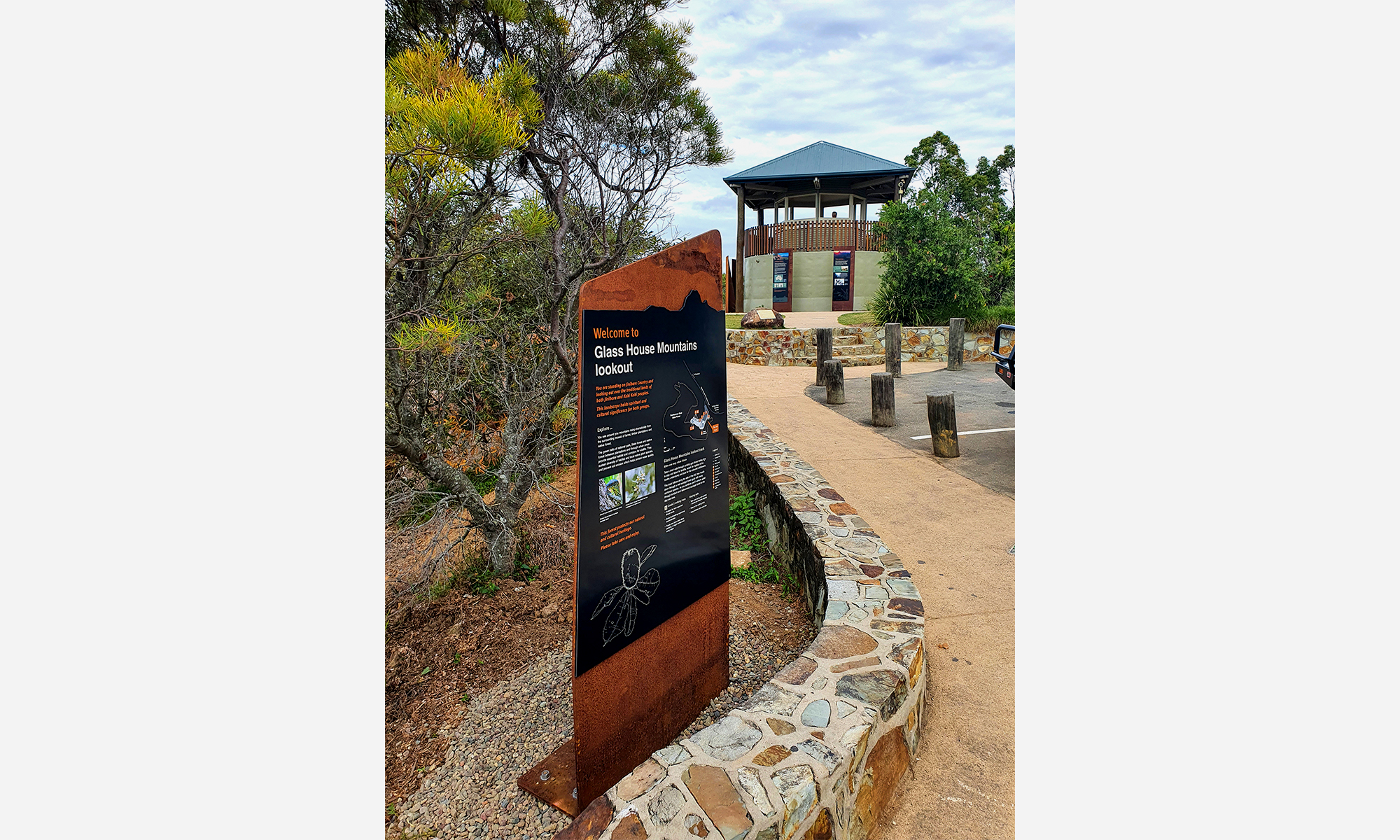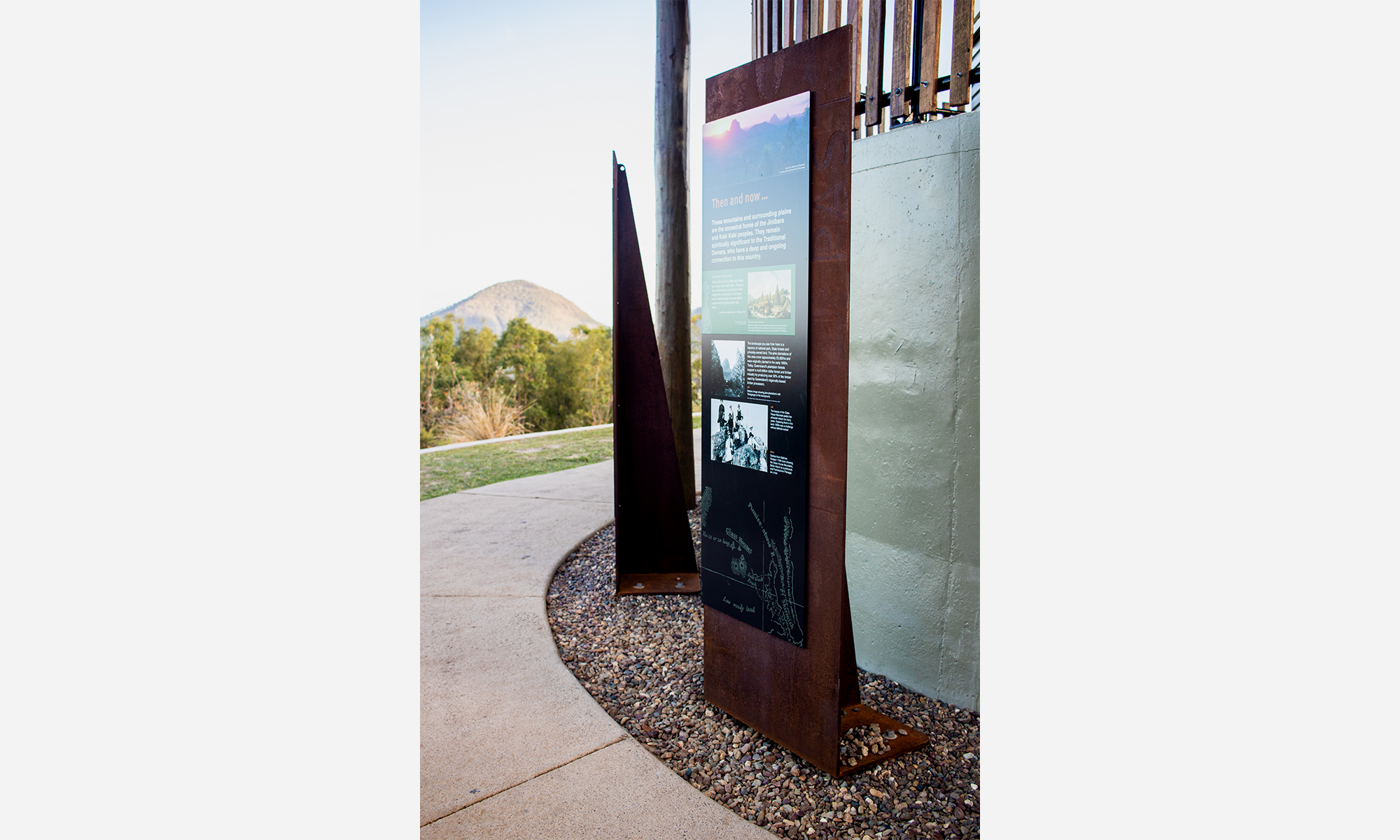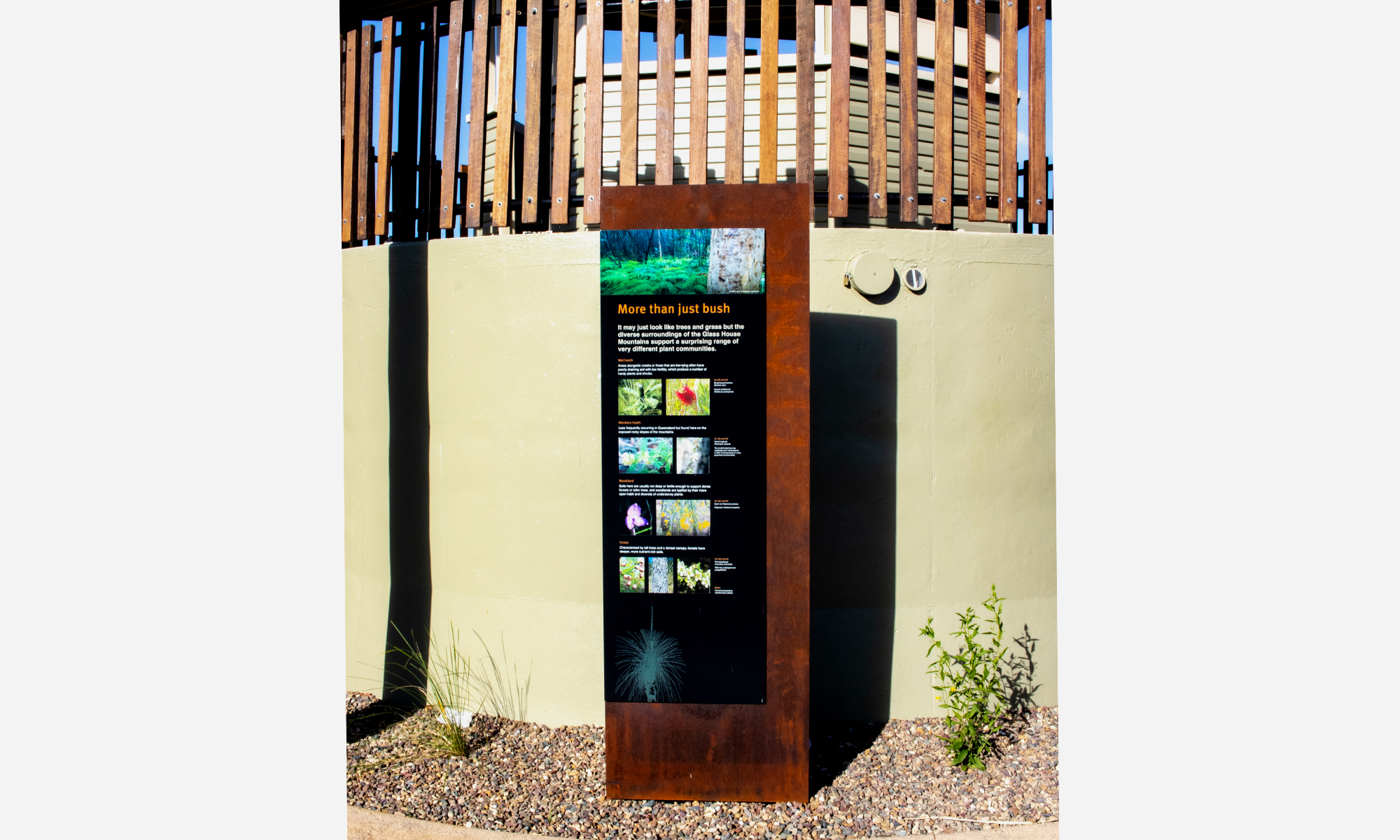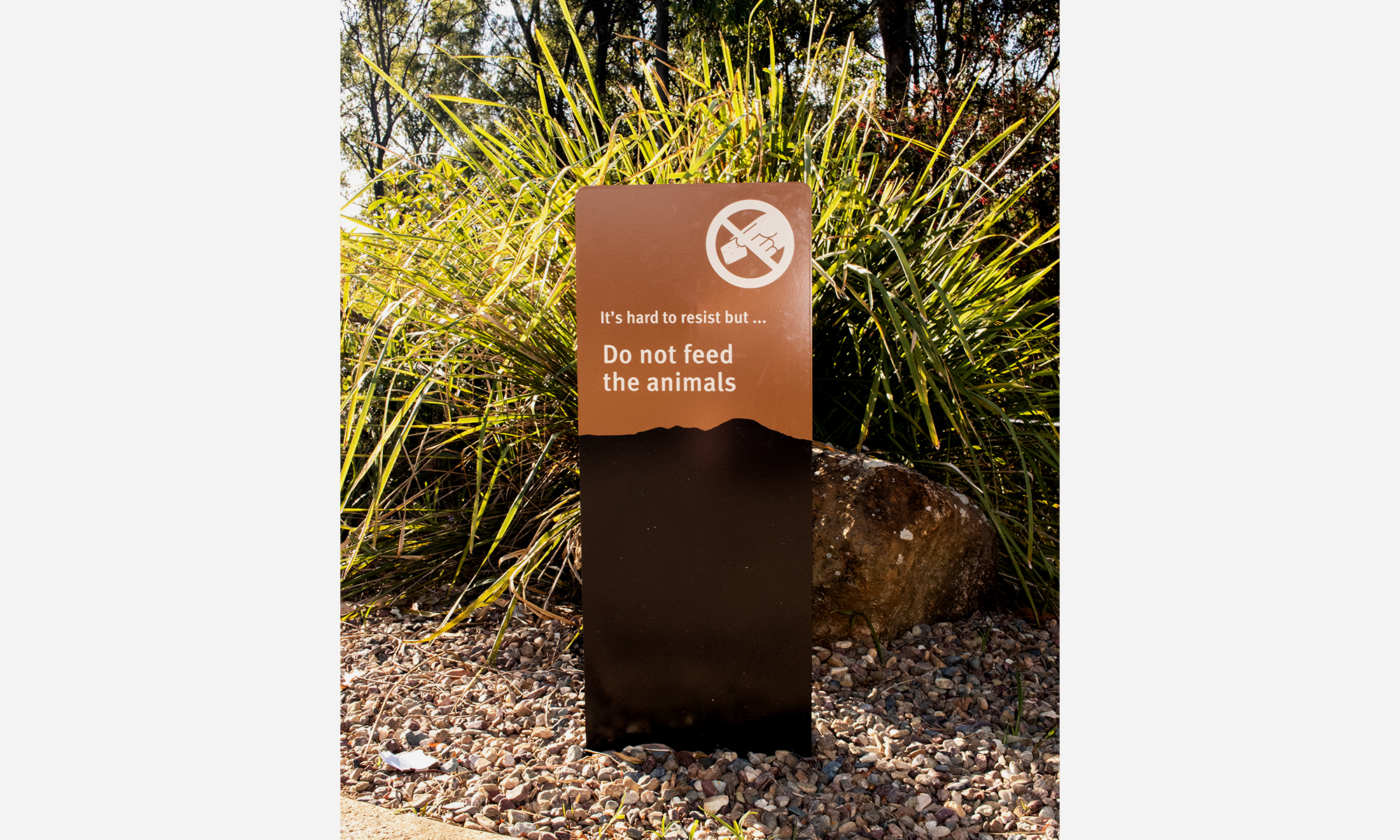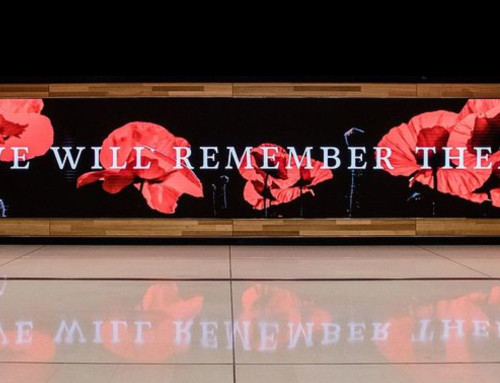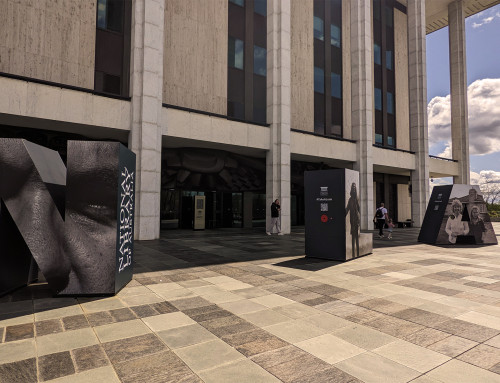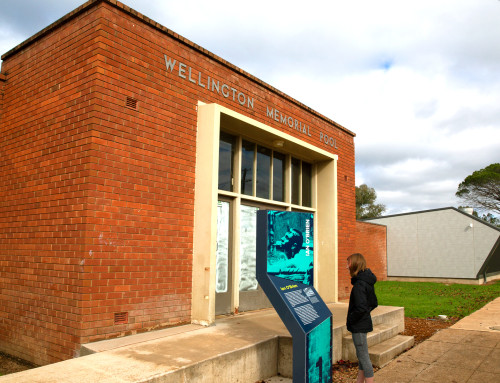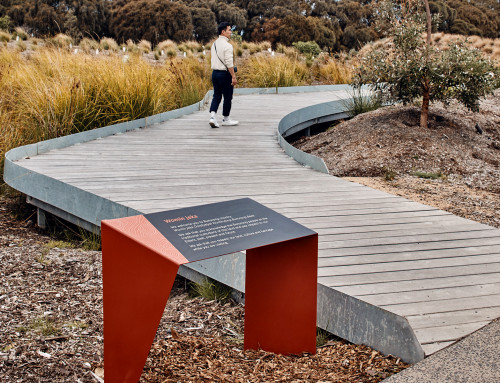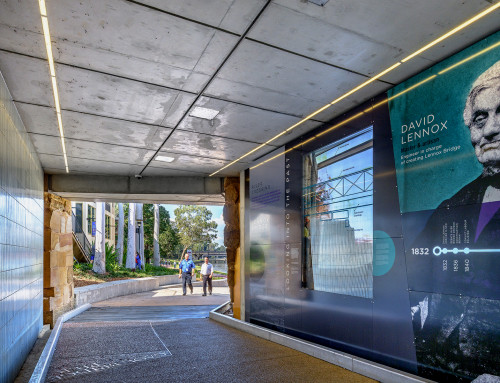Glass House Mountains Lookout, Queensland
PERMANENT WAYFINDING AND INTERPRETIVE SIGNAGE
Opened Stage 1 July 2019, Stage 2 July 2020
Project Commenced: February 2019
Project Completed: July 2020
Thylacine’s role
- wayfinding design
- interpretive design
- graphic design
- print management
- curatorial and content development
Situated in the Beerburrum West State Forest on the Sunshine Coast, the Glass House Mountains lookout is a highly visited tourist location with spectacular views of the Glass House Mountains. Named by Lieutenant James Cook during his epic voyage along Australia’s east coast, the Glass House Mountains were formed by volcanic activity millions of years ago (igneous intrusions). These mountains hold natural, ecological, cultural and historical significance. They are an important spiritual and cultural site for Indigenous communities in the area (Jinibara and Kabi Kabi), as well as having historical importance for European settlement. The Glass House Mountains lookout serves as a stepping-stone to a wide range of walks and recreational activities in the broader Park.
In 2019 and 2020 Queensland Parks and Wildlife Services (QPWS) engaged Thylacine to undertake a two-staged project to renew signs and displays at the Glass House Mountains lookout.
The new signage includes new and updated content to create an enhanced and informative visitor experience. The signage suite comprises a combination of wayfinding and interpretive signs, including; entrance sign, orientation sign, mountain profile signs (at viewing platform and within the historical fire tower), interpretive panels (at Fire Tower) and wildlife signs.
The design language across the signs references the natural landscape through materiality, form and colour, and brings a cohesion to the signage both across the suite and the environment in which they sit. Text and other design elements provide succinct and clear information to cater for a broad range of visitors, including children and adults, and visitors from both English and non-English speaking backgrounds.
Rusted steel was used as a base substrate, with printed aluminium and steel face panels employed for all artwork. These substrates craft a striking suite of interpretive and informational signs and provide both contrast and symmetry with the environment. In addition, the substrates provide great durability and have surfaces that will reduce possible damage (by, weather, vandalism, etc.) and allow for easy removal of graffiti.
A Jinibara interpretive sign was developed in 2021 in collaboration with the traditional owners in the region to complete the full suite of signs at the lookout. This important sign holds culturally significant Jinibara and Kabi Kabi knowledge regarding their long and continuing connection to this land.


